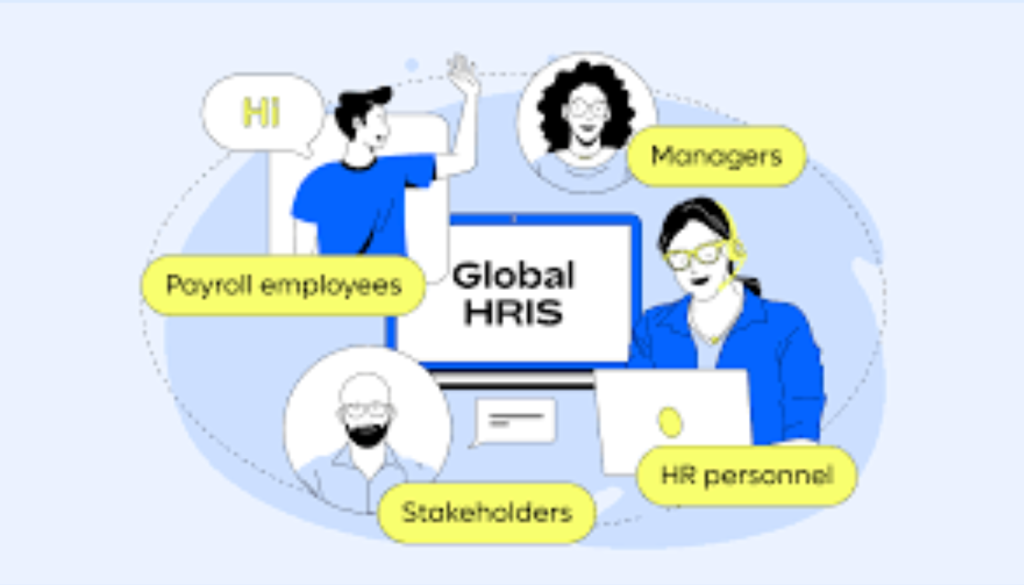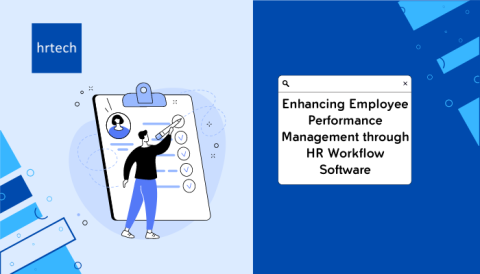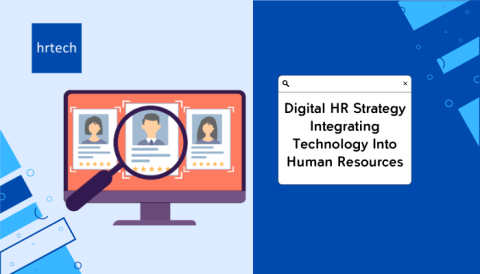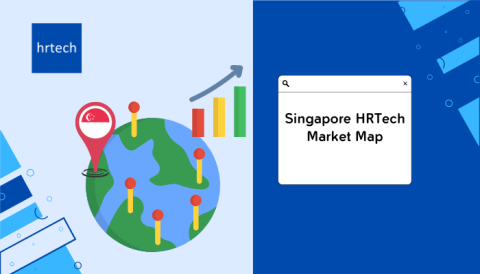Human Resources Information System (HRIS) is pivotal in managing human resources. They streamline HR processes, centralize employee data, enhance reporting, and ensure global compliance. In this blog post, we get into the intricacies of global HRIS systems, discussing their significance, implementation challenges, and successful case studies. It includes overcoming cultural and language barriers, ensuring regulatory compliance, and addressing technical issues.
Understanding The Basics Of HRIS:
An HRIS, is a software solution that helps an organization to manage employee data and HR processes. It can automate tasks such as payroll, benefits administration, and employee onboarding and offboarding. In global companies, HRIS plays an integral role in managing a diverse and dispersed workforce. A global HRIS can help companies eliminate complex compliance and administrative tasks, ensure compliance in different countries, and leverage automation to make HR processes more efficient.
Implementing an effective global HRIS can bring several benefits, including centralized employee records, streamlined HR processes, enhanced data-driven decision-making, and better management of the workforce. It can also help organizations maintain compliance in different countries, reduce administrative tasks, and improve communication and collaboration among employees.
Different aspects of HRIS:
- Personnel tracking: HRIS can help organizations track employee data, including personal information, job history, and performance metrics.
- Payroll: HRIS can automate payroll processes, ensuring accurate and timely payment of employee salaries and benefits.
- Benefits administration: HRIS can help organizations manage employee benefits, including health insurance, retirement plans, and other perks.
- Applicant tracking: HRIS can help organizations manage the recruitment process, from posting job openings to onboarding new employees.
- Learning management: HRIS can help organizations manage employee training and development, ensuring that employees have the skills and knowledge needed to succeed in their roles.
By understanding the basics of HRIS and its different aspects, organizations can make informed decisions about implementing a global HRIS system that meets their specific needs and goals.
Evolution Of HRIS In A Global Context:
HRIS has evolved since the 1960s from simple record-keeping to sophisticated cloud-based platforms. Their growing role in global operations is due to the need for centralized systems capable of managing workforces across geographies. Current global HRIS trends focus on purpose-built solutions for global workforce management, emphasizing compliance, data security, and seamless business system integration.
Factors To Consider When Implementing A Global HRIS:

Identifying Needs And Objectives:
To implement a global HRIS system, organizations need to identify their specific needs and objectives. This includes understanding the unique requirements of their global workforce, such as language, culture, and compliance regulations.
Understanding Legal And Compliance Considerations Globally:
Organizations need to understand the legal and compliance considerations globally when implementing a global HRIS system. This includes data privacy regulations, labor laws, and tax regulations in different countries.
Choosing the right technology that links strategic and operational objectives:
Organizations need to choose the right technology that links strategic and operational objectives. This includes selecting a system that can handle the complexities of managing a global workforce, such as multiple languages, currencies, and compliance regulations.
Implementation strategies and challenges:
This includes involving key stakeholders from HR, IT, and finance departments, conducting a thorough needs assessment, and prioritizing effective change management strategies that focus on user adoption. Organizations also need to address challenges such as data migration, user adoption, system integration, and selecting the right solution.
By considering these factors, organizations can successfully implement a global HRIS system that meets their specific needs and goals. A global HRIS system can help companies eliminate complex compliance and administrative tasks, ensure compliance in different countries, and leverage automation to make HR processes more efficient.
Key Features Of An Effective Global HRIS:
- An effective global HRIS should have a user-friendly interface that is easy to navigate and understand. This includes intuitive navigation, clear labeling, and a clean design that minimizes clutter.
- A global HRIS should be configurable to meet the specific needs of different regions and countries. This includes the ability to customize fields, workflows, and reports to accommodate local requirements.
- HRS integrates with other systems, such as payroll, benefits administration, and time and attendance tracking. This ensures that data is consistent and accurate across all systems.
- Data security and privacy are critical considerations for a global HRIS. The system should have robust security measures in place to protect sensitive employee data, including encryption, access controls, and regular backups.
- A global HRIS should have robust reporting capabilities that allow organizations to generate reports on key HR metrics, such as employee turnover, performance, and diversity. This helps organizations make informed decisions about their workforce and improve overall HR processes.
By considering these key features, organizations can choose a global HRIS system that meets their specific needs and goals. A global HRIS system can help companies eliminate complex compliance and administrative tasks, ensure compliance in different countries, and leverage automation to make HR processes more efficient.
Successful Implementation Of A Global HRIS:
Successful implementation of a global HRIS requires effective planning and project management techniques. This includes conducting a thorough needs assessment, involving key stakeholders, developing a detailed implementation plan, and prioritizing effective change management strategies.
Training and support are crucial for the successful implementation of a global HRIS. Organizations need to provide ongoing training and support to ensure that all users are comfortable with the new system. They also need to offer resources and support to help users overcome any challenges they may face during the implementation process.
Case studies of successful global HRIS implementation can provide valuable insights into best practices. These case studies can highlight the challenges faced by organizations during implementation and the strategies they used to overcome them. They can also provide insights into the benefits of implementing a global HRIS system, such as streamlined HR processes, centralized employee data, and enhanced reporting capabilities.
By following effective planning and project management techniques, providing ongoing training and support, and learning from successful case studies, organizations can successfully implement a global HRIS system that meets their specific needs and goals. A global HRIS system can help companies eliminate complex compliance and administrative tasks, ensure compliance in different countries, and leverage automation to make HR processes more efficient
Future Trends Of Global HRIS:
Predictive analytics and big data:
The future of global HRIS systems is likely to include predictive analytics and big data capabilities. These features will enable organizations to make data-driven decisions about their workforce, such as predicting employee turnover and identifying skills gaps.
Mobile accessibility:
Mobile accessibility is becoming increasingly important for global HRIS systems. With more employees working remotely or on-the-go, HRIS systems need to be accessible from mobile devices to ensure that employees can access HR information and complete HR tasks from anywhere.
Increasing role of AI and automation:
The increasing role of AI and automation is likely to impact global HRIS systems in the future. AI and automation can help organizations automate routine HR tasks, such as data entry and reporting, freeing up HR professionals to focus on more strategic initiatives.
Greater emphasis on security:
As data privacy regulations become more stringent, global HRIS systems will need to place a greater emphasis on security. This includes implementing robust security measures, such as encryption and access controls, and ensuring compliance with data privacy regulations in different countries.
By staying up-to-date with these future trends, organizations can ensure that their global HRIS system remains relevant and effective in the years to come. A global HRIS system can help companies eliminate complex compliance and administrative tasks, ensure compliance in different countries, and leverage automation to make HR processes more efficient
Conclusion:
In summarizing our comprehensive guide on Global Human Resources Information Systems (HRIS), the pivotal role these systems play in modern, globalized businesses is clear. They centralize employee data, streamline HR processes, enhance decision-making, and ensure compliance across different jurisdictions.
For organizations yet to implement or update their global HRIS, the time to act is now. The benefits of enhanced efficiency, compliance management, and strategic insights are too significant to overlook. Remember, adopting or enhancing a global HRIS is a strategic step towards transforming your HR processes and excelling in the global business environment.





